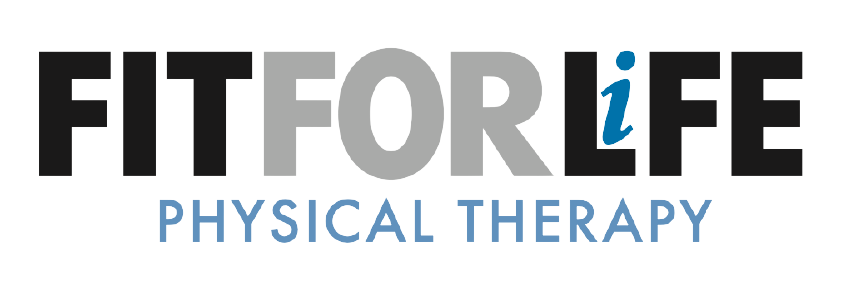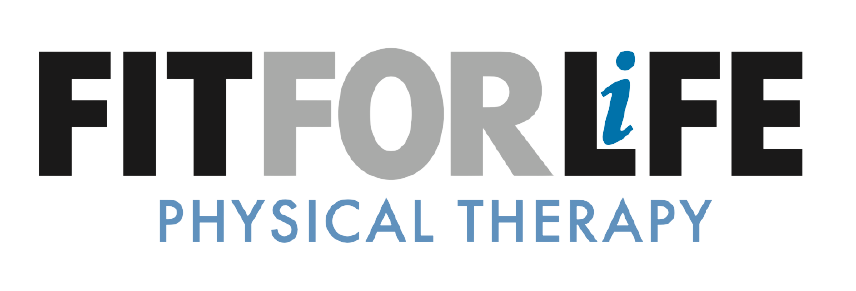Overuse Injury Prevention
The majority of running injuries are overuse injuries. These can occur when increasing volume or intensity too quickly, not giving your body a proper recovery, or regularly overworking weak or tight muscles. Impairments in your running gait can also increase the stress placed on certain muscles & tendons and increases the likelihood of injuries.
When you increase running or walking volume and intensity you are overloading your muscles, tendons, joints, and your cardiovascular system to allow the body to adapt and improve in fitness. However, doing this too quickly can cause significant overload leading to injuries. In addition, your running form may also suffer when muscles are chronically fatigued, also increasing the likelihood of injuries.
So, what is a safe way to increase mileage? In general, you should only increase either overall volume or intensity at one time, not both. A safe way to ramp up running mileage is to increase by no more than 10% per week and take an easy week with less mileage every 4 weeks. In addition, your long runs should not account for more than 50% of your weekly mileage.
A dynamic warmup can also decrease the chance of injury by preparing your body for a run or walk. This will improve blood flow to muscles, improve muscle recruitment, and improve coordination and movement patterns. Some examples of exercises that can be used for a dynamic warmup are walking, a slow jog, bodyweight squats, forward and sideways mini-lunges, leg swings, and other running related drills. Another way to help warm up for a run or walk that requires no extra time is to pace the first mile 1 minute per mile slower than your normal pace. Make sure to get the proper warmup that your body deserves.
As you are increasing your running or walking volume or intensity it becomes even more important to take recovery seriously. If you have an easy run scheduled after a speed-work day, make sure to stay at a conversational pace and do not let others pressure you into a fast pace. This will allow your muscles to recover and make the adaptations to become a faster runner or walker. It sounds counter intuitive, but you should move slow to become faster. It is important to understand that this might not be the same pace for everyone depending on your level of fitness and what stage you are in with your training.
After speed work and races, it is also important to complete an “active recovery.” This means taking some rest and relaxation but also doing some light exercise to keep your body moving and promoting some increased blood flow to the muscles. Types of active recovery may include low impact exercise such as biking, elliptical, or swimming.
At Fit For Life Physical Therapy we also have a few resources that can help speed the recovery process to get you prepared for your next activity. We have NormaTec compression boots that provide an intermittent compression helping decrease swelling in your legs and improve blood flow return to the heart. Compression socks are another method of compression that can aid in recovery. These provided gentle compression that work for hours to decrease inflammation and improve blood flow return. If you have just completed a race or have an injury, both are great recovery tools.
While training load and recovery are important, it is also important to perform regular strengthening exercises to prevent injury. This will make muscles more resilient when overworking them and will reduce the likelihood of injury. The most common areas of weakness in runners that can lead to poor running form and injury include hip strength, foot & ankle balance, and core stability. Having strength and stability in these areas is essential to avoid compensations in gait that can lead to injury. In general, strengthening should be performed at least 3 times per week for maintenance. See our “Runners and Walkers 10” routine to find common exercises to address these concerns.
Muscles that are too tight and limit motion can also increase the risk of injury. There are a couple methods of loosening muscles that you can do at home. This includes performing soft tissue mobilization and stretching. Foam rolling or using a lacrosse ball are good methods of soft tissue mobilization. If you can find a spot in a muscle that is extra tender and has extra tension, that is a sign that this area needs extra attention. If you have certain muscles that tend to be tight, try spending 3-5 minutes on each muscle per day. You can roll until you find a tight and irritable spot and then hold pressure on that spot until it releases or relaxes. You may also roll up and down across a muscle to help improve the glide of the fascia and muscle.
Stretching is another method to loosen up tight muscles. Not everyone feels the need to stretch after every run or walk. However, if you have specific spots that get tight, make sure to spend some time on these areas. Some common areas are your calves, hamstring, quadriceps, piriformis, and hip flexors. See the “Runners and Walkers 10” for pictures of these exercises.
Another key ingredient to help you avoid injuries is to work on your running form. Fit For Life offer a healthy Runners’ Evaluation. This includes a video gait analysis, a full physical therapy evaluation including strength, flexibility, and movement pattern assessment, expert running advice, and an exercise plan to correct your impairments, to avoid injury, and to improve performance.
A last bit of advice: listen to your body. Pain is common with runners and walkers but is not a normal part of either activity. This pain is your body telling you that something needs attention. If you are having pain or are limping with running or walking, it is best to get help soon. Contact Fit For Life Physical Therapy to schedule an appointment with an expert physical therapist who will get you back to doing what you love.
Fit For Life Physical Therapy helps people of all activity levels prevent, recover from, or rehabilitate sports and orthopedic injuries. Help for active people - from OTHER active people.
Reach us by email at info@fitforlifephysicaltherapy.com, or call or text us at any of the phone numbers for our three convenient locations inside Fleet Feet/FrontRunner stores:
Polaris Location: 1270 East Powell Road Lewis Center, Ohio 43035 - 614-981-2065
Upper Arlington Location: 1344 West Lane Avenue, Columbus, Ohio 43221 - 614-981-1979
New Albany Location: 5792 North Hamilton Road, Columbus, Ohio 43230 - 614-581-7441

